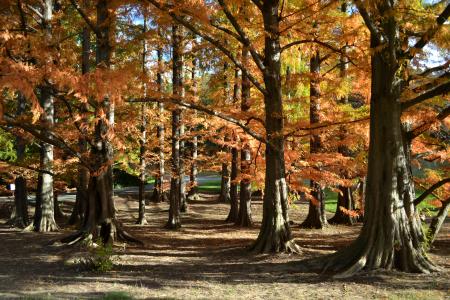You are here
United States National Arboretum

United States National Arboretum
The U.S. National Arboretum is a 451-acre public garden and research facility located in northeast Washington, D.C. Established by an act of Congress in 1927, the Arboretum’s mission is to enhance the economic, environmental, and aesthetic value of ornamental and landscape plants through long-term, multi-disciplinary research, conservation of genetic resources, and interpretive gardens and exhibits. The Arboretum is home to 16 major gardens including the National Herb Garden, National Bonsai and Penjing Museum, National Boxwood Collection, and Gotelli Conifer Collection; research fields used for plant breeding and evaluation; non-cultivated woodlands and meadows; plant production facilities; a USDA-ARS seed bank; and a 800,000 specimen herbarium.
The woody plant collection at the National Arboretum includes over 6,100 accessions representing 1617 unique species. Noteworthy plant holdings include wild-collected germplasm dating back to early 20th century USDA Plant Introductions, and more recently, the Arboretum’s international collecting efforts, particularly as members of the Sino-American Botanical Expedition and the North America-China Plant Exploration Consortium. Taxonomically significant collections include Acer, Buxus, Magnolia, Prunus, Quercus, and Rhododendron. The Arboretum maintains type material for over 650 cultivars it has developed and released, and maintains an active plant breeding and introduction program on site and at satellite research facilities in Beltsville, MD and McMinnville, TN. As a designated USDA-ARS Germplasm Repository, the National Arboretum is responsible for the conservation of woody landscape plants from around the world, and the living collections are made freely available to the public for research requests via GRIN-Global.


